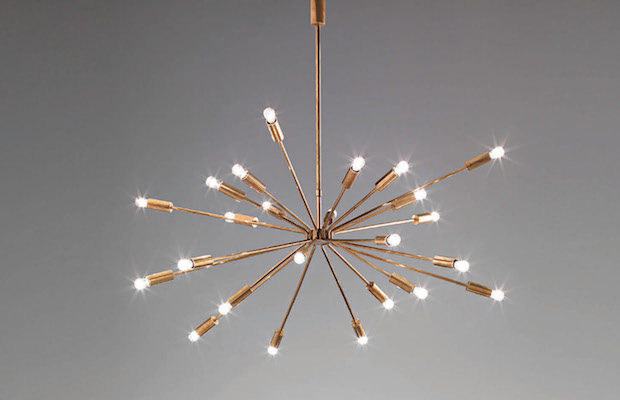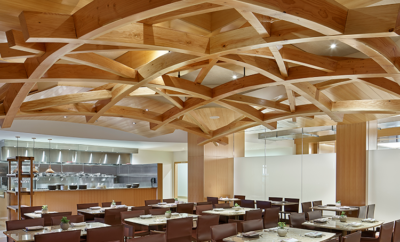 COURTESY PHILLIPS/PHILLIPS.COM
COURTESY PHILLIPS/PHILLIPS.COM
Design
Lighting the Way: The Best Early Modern Lamps
When we consider modern design, the emphasis is often on the decade or so following World War II. The reasoning, which is justified, can be condensed into a few critical ideas, including the necessity of rebuilding (and re-furnishing) Europe, the enhanced abilities and possibilities of mass-production, and a general philosophical inclination toward the new and the future. Too often, it’s as if there is an invisible frontier that excludes earlier objects.
In fact, early modernism is ripe for discovery. Many of the lights fixtures featured here are remarkably under-appreciated or even unknown, even though their aesthetic innovations were repeatedly duplicated or interpreted in succeeding decades, up to today. I suspect that even readers familiar with certain models will be surprised at how early their designs date. None of the designers are obscure, and their contributions to either design or architecture of the twentieth century is considered. Several of the lights boast new technologies (notably bulbs), materials, or production possibilities of the day.
Perhaps the key factor uniting the examples featured is that they are still remarkable today, whether isolated on a museum plinth or in a contemporary interior. They all reflect a fierce rejection of the reigning styles of their era and the assertion of a new aesthetic sensibility, often accomplished “simply” by dismissing ornamentation. All have an overt sculptural presence even if the forms are simple, the materials are modest, or the surfaces are unadorned.
Of course this list is highly subjective and certainly not exhaustive. In the end, it is about a desire to retreat behind the 1945 frontier and illuminate a group of iconic, or deserve-to-be-iconic, light fixtures from the first half of the twentieth century.
Josef Frank (1885–1967) 2368 floor lamp (or Large Camel) 1939

COURTESY ARTCURIAL
THERE IS NO SHORTAGE of early modernist floor lamps. Nearly every designer on this list, and in every relevant region of creativity in the West, produced simple, streamlined floor lamps prior to 1940. Even so, there isn’t a clear winning model, one that has become representative of the form; from today’s historical perspective, many appear more simplistic than revolutionarily simple. Frank didn’t exactly cooperate with the expected narrative of Swedish (or Scandinavian) modernism. He was an Austrian Jew, a founding member of the Vienna Werkbund, who had a successful design career after moving to Sweden in 1933. Some of his complete interiors can be a bit “extra”—imagine a Pre-Raphaelite version of Ikea. But many of his pieces, when they stand on their own, show a softer, slightly decorative, preparatory version of Nordic modernism. Unlike his Scandinavian successors or his pan-European contemporaries, Frank didn’t dismiss color or ornament out-right. Perhaps because he had a direct relationship to a retail outlet (Svenkst Tenn), and was very much a decorator who designed, as opposed to being an architect inspired by the avant-garde, his designs retain a certain inherent friendliness, as is the case with the Camel floor lamp. It is hard to think of another European designer of this generation who was willing to create furniture with humor and playfulness.











